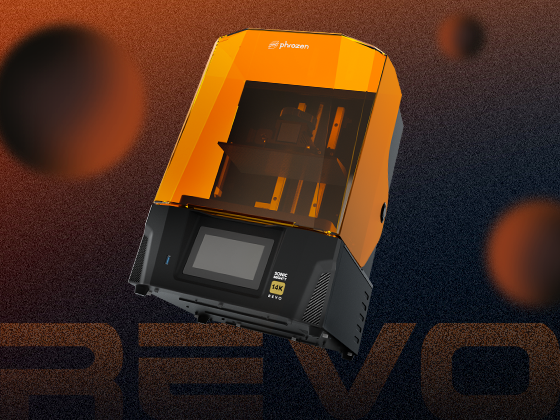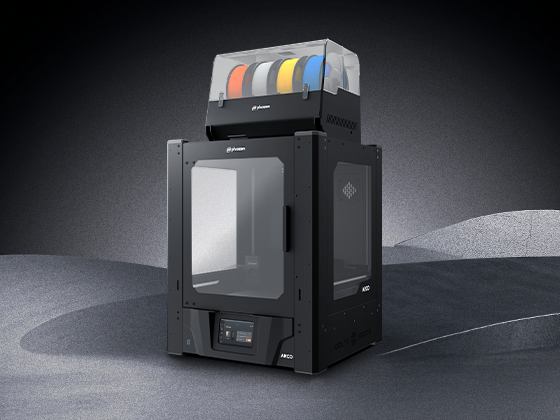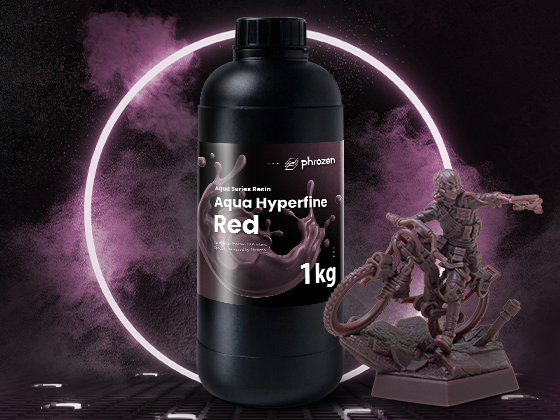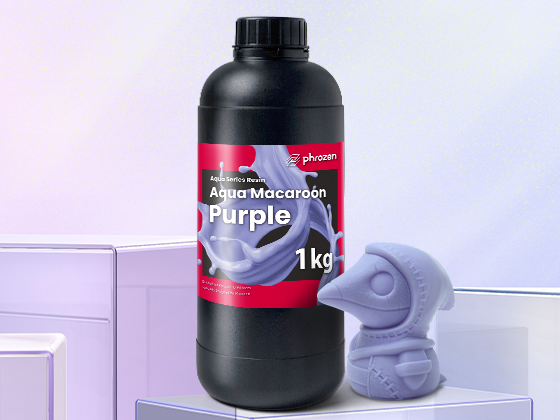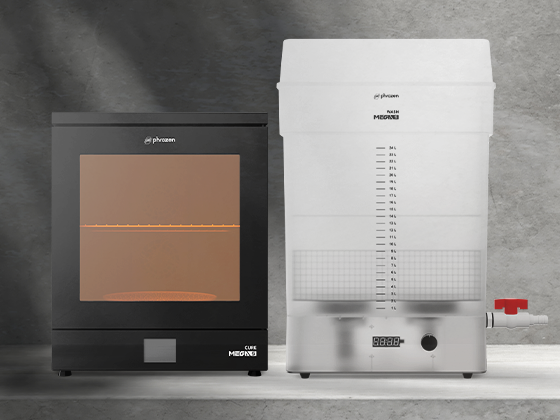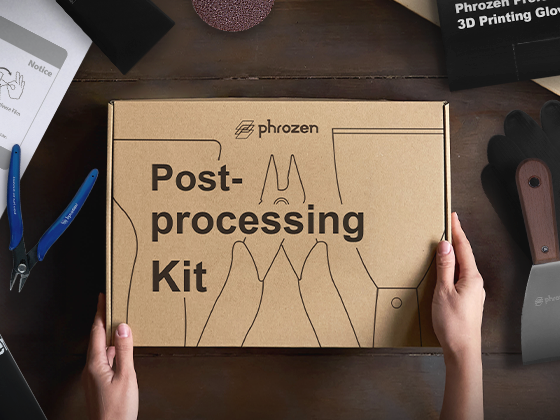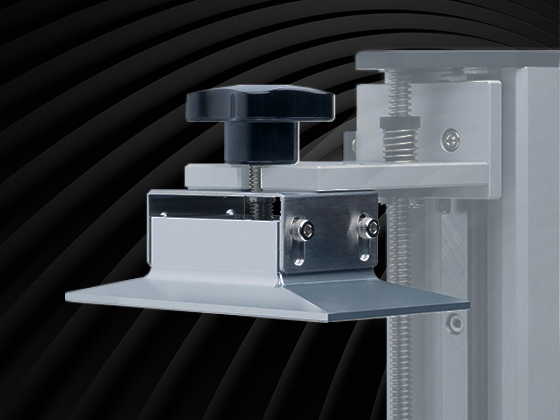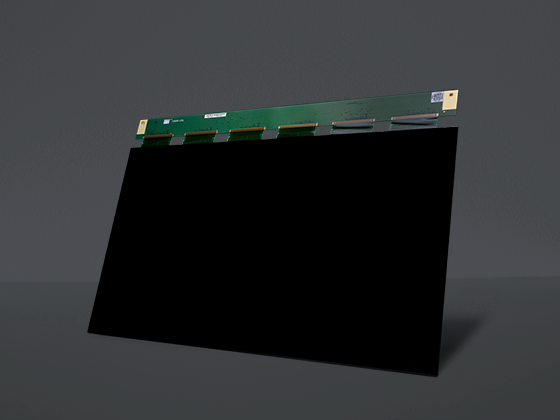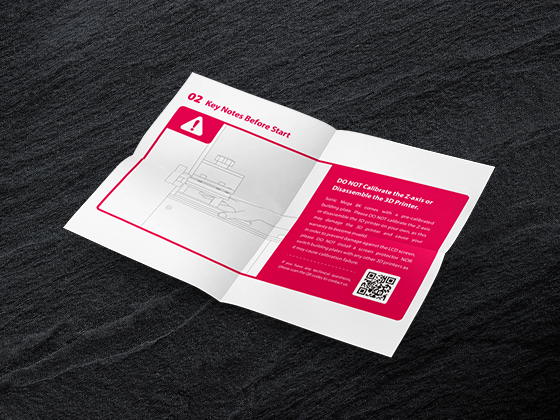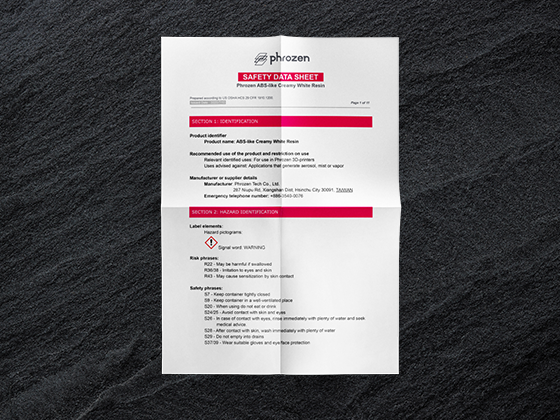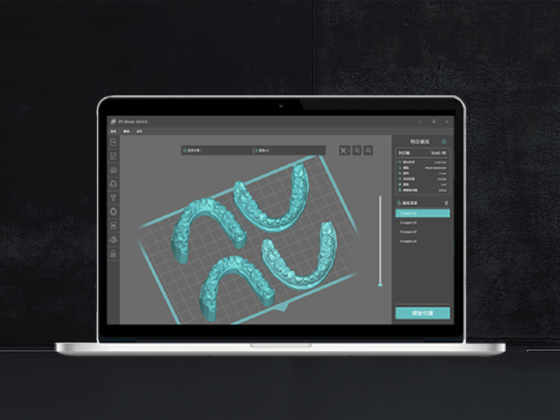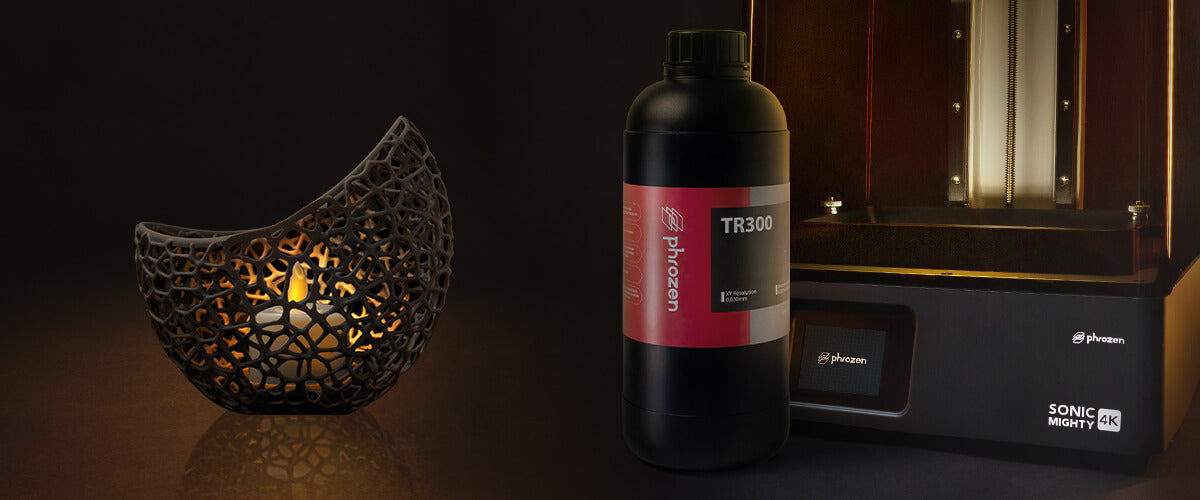With the COVID-19 pandemic continuing to wreak havoc on the entire world, this has brought a change in dynamics, with many medical professionals turning to 3D printing to fulfill their needs.
When the pandemic first started, there was a sudden shortage of essential medical supplies such as masks, face shields, and more. Everyone rushed to get a hold of these materials. As PPE such as masks need to be changed often, stores and even hospitals quickly ran out of supplies. With 3D printing, healthcare professionals as well as others now have the chance to take matters into their own hands.
What types of medical supplies can 3D printing produce? Let’s find out:
3D Printing Medical Supplies
Headbands for Face Shields

As the COVD-19 pandemic continues to rage across the world, face shields are important as they can protect one’s face from direct exposure to contaminants and aerosol particles. As the coronavirus is mainly spread via aerosol particles, the face shield can effectively protect a person from getting infected. However, face shields do need to be paired with other PPE such as masks so that the face can be covered fully.
With the help of a 3D printer, the frame of a face shield can easily be printed out and then attached to a plastic sheet to meet shortages related to the pandemic. This way, face shield frames can be printed in bulk quantities to save both time and money, and most importantly, protect people from COVID-19.
The frames can also be custom-made to ensure a perfect fit.
Parts for Respirator Masks

Respirator masks tightly cover most of your face to block out airborne particles from entering your respiratory system. In the midst of shortages of PPE such as N95 masks, one solution was to wear a half face respirator mask instead. This covers the nose and the mouth.
These masks are relatively easy to clean and are reusable. Though the respiratory filter does need to be replaced from time to time. The filters are directly connected to the adaptor which also aids in filtering out contaminants. Now, here’s what is interesting. 3D printing allows you to successfully reprint parts such as the adaptor for respirator masks.

Phrozen successfully teamed up with a local hospital in Taiwan to 3D print adaptors (pictured above) for respirator masks. During the process, Phrozen’s Aqua-Gray 4K resin and Nylon Green Tough resin were used to print out prototypes. Both the prototypes passed two stages of testing before being approved for medical use.
Mask Decompression Belt

We all want our masks to be as tight and secure as possible, don’t we? This is where the mask decompression belt comes into play. A mask decompression belt allows you to fasten your masks to the back of your head so that the mask is tighter on your face and also closes off any air gaps. A mask decompression belt also alleviates pressure on your ears as it holds your mask securely at the back of your head.
As a mask decompression tightens your mask, there is a much smaller chance of droplets or aerosol particles making their way into your body through your mouth and nose.
3D printing also allows you to increase your productivity by printing out multiple mask decompression belts on a single plate. Feel free to customize your decompression belts by adding text or any other 3D printed designs. With 3D printing, you can use CAD software or other 3D printing software to create one-of-a-kind designs that reflect who you are. This is a design flexibility otherwise not offered by traditional manufacturing or production techniques.
3D Printed Safety Goggles

Safety goggles are also important as they protect one’s eyes from contaminants and other hazardous materials. Safety goggles provide an airtight fit, allowing the eyes and the area surrounding the eyes to be completely sealed shut from any outside particles.
Safety goggles typically used to be used in professional settings such as hospitals or even construction sites. But nowadays, we can commonly see people commonly wearing safety goggles whenever they leave their homes as a precaution against the COVID-19.
With a 3D printing device, people can easily print out large quantities of safety goggles and distribute them to friends, family and even donate them to hospitals so that medical professionals can get a hold of them as they are the ones on the front lines, risking their lives and trying to fight COVID-19.
Benefits of 3D Printing Medical Devices
There are multiple benefits that come along with 3D printing. With the help of 3D printing, medical professionals or even ordinary people can now easily print out essential medical supplies from the comfort of their own homes. This allows people to cut down on costs, boost productivity by printing out multiple items in a single sitting, as well as help meet PPE shortages during a pandemic.
To learn more about other 3D printing applications, please click here.
Want to use Phrozen 3D printers for dental 3D printing? Please click here to learn more.

